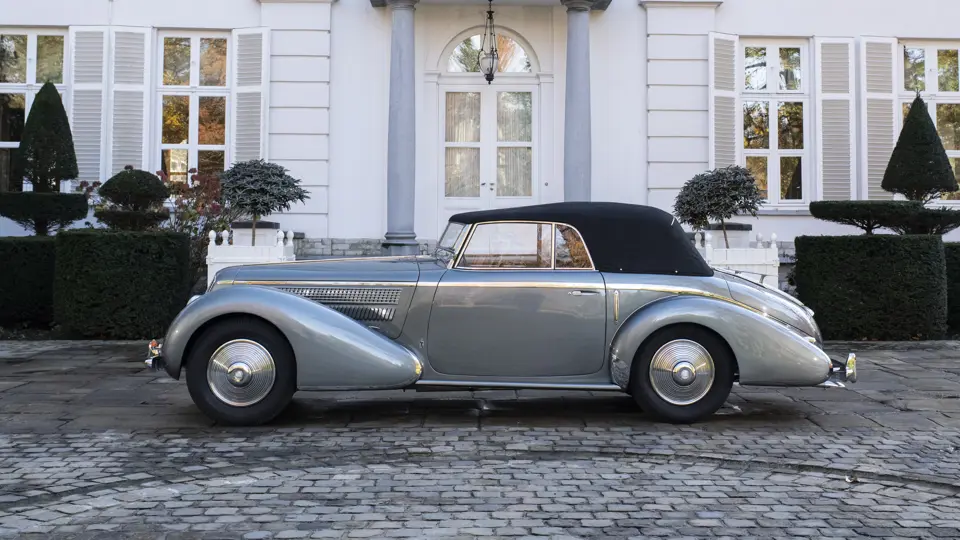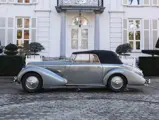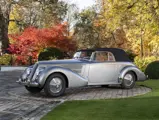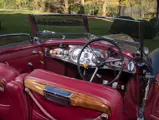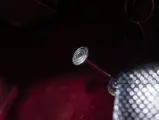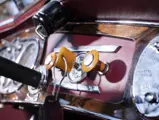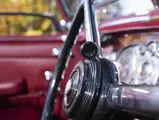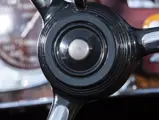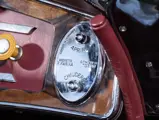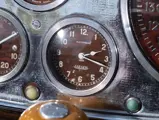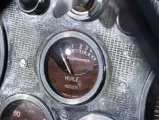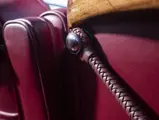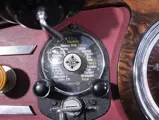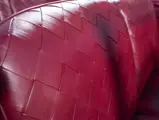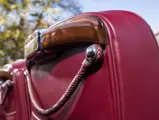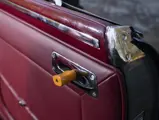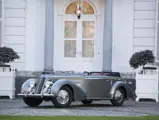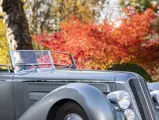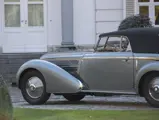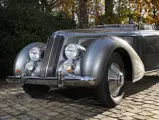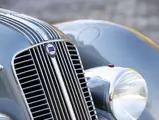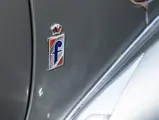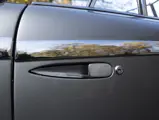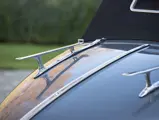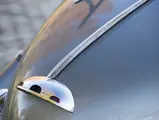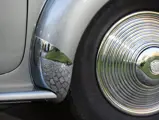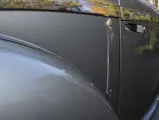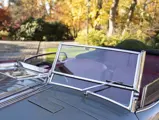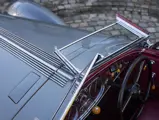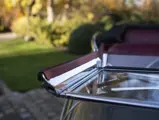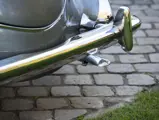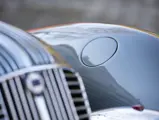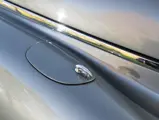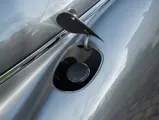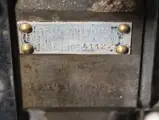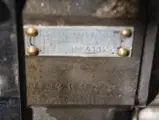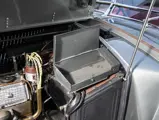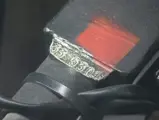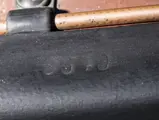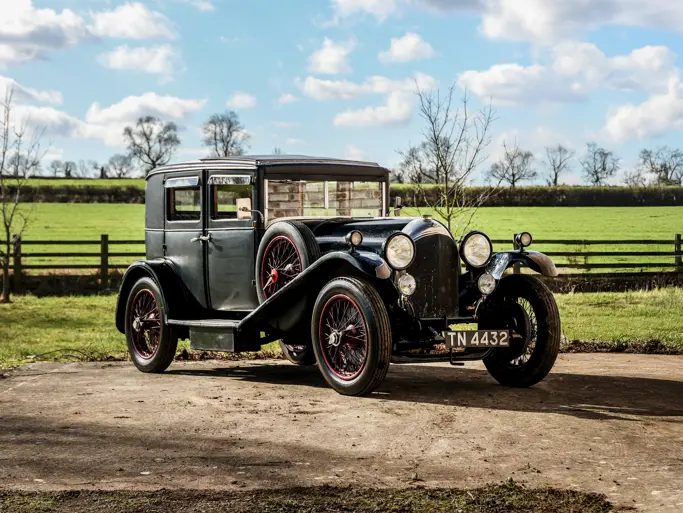
1936 Lancia Astura Cabriolet Series III 'Tipo Bocca' by Pinin Farina
{{lr.item.text}}
€1,200,000 - €1,600,000 EUR | Not Sold
{{bidding.lot.reserveStatusFormatted}}
- A Lancia of breathtaking beauty, great historical significance, and notable technological sophistication
- One of only 328 short-wheelbase third-series Lancia Asturas; and of just three short-wheelbase ‘Tipo Bocca’ Cabriolets built by Pinin Farina
- Exquisitely detailed design by Pinin Farina’s Mario Revelli di Beaumont
- Benefits from an artful, comprehensive restoration completed to a high standard
- Exhibited at the 1937 Berlin Motor Show
- Not shown in public for decades; an exciting opportunity for display at prestigious events worldwide
- Documented with a Lancia Certificate of Origin and period photos
- Una Lancia di una bellezza mozzafiato, di grande significato storico e di raffinati contenuti tecnologici
- Una delle appena 328 Astura III Serie a passo corto prodotte dalla Lancia; una di sole tre cabriolet a passo corto ‘Tipo Bocca’ carrozzate da Pinin Farina
- Design dettagliato e squisito di Mario Revelli di Beaumont per Pinin Farina
- Sfoggia un intervento di restauro minuzioso ed eseguito ad altissimo livello
- Esposta nel 1937 al Motor Show di Berlino
- Non apparsa in pubblico per decenni, ora rappresenta un’eccitante opportunità per un’eventuale partecipazione a prestigiosi eventi mondiali
- Corredata del Certificato di Origine Lancia e foto d’epoca
Debuting in 1931, the Lancia Astura carried on the marque’s reputation for innovation, performance, and production quality. The model featured independent front suspension with self-lubricating sliding pillars, and was powered by Lancia’s famous narrow-angle V-8. The third-series Astura arrived for 1933 with an enlarged engine rated at 82 horsepower, and for the first time it was offered in two wheelbase lengths: 908 were built as Tipo 233L “Lungo” models with a wheelbase of 131 inches, and 328 were constructed to “Corto”, Tipo 233C specification on a 122-inch wheelbase.
Though well-engineered, these chassis were often clothed in conservative bodywork. Those seeking something more exclusive enlisted the services of a coachbuilder—and when it came to crafting exquisite bodywork on the Astura’s advanced underpinnings, no one did it better than Carrozzeria Pinin Farina and stylist Mario Revelli di Beaumont. The design seen on this chassis, number 33-5301, would later come to be known as ‘Tipo Bocca’ in reference to Vittorio Bocca, an important North-Italian Lancia dealer at the time. He is said to have eventually commissioned a number of cars in this style: three on long-wheelbase chassis and three on short-wheelbase chassis.
According to the Lancia Classiche Certificate of Origin on file, Astura chassis number 33-5301 was completed on 30 June 1936. This bare short-wheelbase chassis was subsequently delivered to Pinin Farina, where it received its exquisite ‘Tipo Bocca’-style bodywork. Each ‘Tipo Bocca’ Cabriolet featured slightly different details, yet each possessed an aerodynamic profile with a strong horizontal emphasis fronted by a dramatic “waterfall” grille, a fold-flat windscreen, curved side windows, and a power-operated top—a novelty in the 1930s.
Research conducted by reputed Lancia historian Wim Oude Weernink reveals that chassis 33-3501 is the only example of the six ‘Tipo Bocca’ Lancia Asturas that was not road-registered, and was instead sent to the 1937 Berlin Motor Show. From a Pinin Farina advertisement in Motor Italia, it is possible to see that its exterior was finished in a two-tone colour. The Telefunken radio fitted to the Lancia is another hint of the car’s German past. Furthermore, a later American owner of the Astura wrote an article for the American Lancia Club journal in the 1970s, proclaiming that his car had originally been delivered—then fitted with a radio—by the German Lancia dealer, E. Uebel, in 1937. The engine fitted to this example, numbered 41122, is not the original unit but a replacement example from a 1938 Lancia Astura Series IV, sharing the same 2.9-litre V-8 design.
Eventually, the cabriolet made its way to the United States; photographs on file show that it resided in New York by the late-1950s, apparently complete though somewhat worn. Sadly, as later photos on file illustrate, its cosmetic condition would continue to deteriorate over the years.
Salvation arrived in late 1982, when a notable Swiss collector with a deep appreciation for Lancias rescued chassis 33-5301 from neglect. As documented by photos on file, a total restoration then commenced, which saw the Pinin Farina bodywork completely refurbished and finished in an elegant silver with a black top. The interior, too, is richly detailed, including intricate diamond-shaped basket-weave upholstery of red leather in the period Italian pattern known as intrecciato, an eye-catching feature visible in historic photos of the car. This remarkable restoration would take nearly 40 years to complete.
Acquired by the consignor in 2020, it is important to note that—while other ‘Tipo Bocca’ examples have won acclaim at the world’s most prestigious concours events—this Lancia has not yet been shown since the completion of its restoration. Offering an incredible opportunity for exhibition, this Astura Series III Cabriolet ‘Tipo Bocca’ embodies the very best of pre-war motoring—representing a moment when Lancia’s cutting-edge engineering and Pinin Farina’s unparalleled artistry combined to form a wonderful, rare, and truly timeless piece of moving sculpture.
Col suo debutto nel 1931, la Lancia Astura aveva il compito di portare avanti la reputazione della Casa quanto a innovazione, prestazioni e qualità di produzione. Il modello presentava sospensioni anteriori indipendenti del tipo a cannocchiale, con ammortizzatori idraulici telescopici, ed era spinto dal famoso V-8 Lancia a V stretto. La terza serie dell’Astura arrivò nel 1933 con un motore maggiorato sia nella cilindrata sia nella potenza (82 cavalli) e, per la prima volta, fu disponibile con due passi diversi: 908 unità Tipo 233L col passo lungo (332 centimetri) e 328 Tipo 233C col passo corto (310 centimetri).
Sebbene fossero ben costruiti, questi telai erano spesso vestiti con carrozzerie tradizionali. Chi desiderava qualcosa di più esclusivo si rivolgeva a un carrozziere esterno. Quando si trattò di dare una carrozzeria all’Astura degna della sua meccanica avanzata, nessuno fece meglio della Carrozzeria Pinin Farina e dello stilista Mario Revelli di Beaumont. Il design su questo chassis numero 33-5301 più tardi divenne conosciuto come ‘Tipo Bocca’, con riferimento a Vittorio Bocca, un importante concessionario Lancia del Nord Italia dell’epoca. Pare che questi avesse commissionato ben sei unità con questo stile, tre col passo lungo e tre col passo corto.
Secondo il Certificato di Origine della Lancia Classiche, l’Astura numero di telaio 33-5301 fu completata il 30 giugno 1936. Il nudo chassis a passo corto fu poi consegnato a Pinin Farina, dove ricevette la sua bellissima carrozzeria ‘Tipo Bocca’. Ciascuna cabriolet di questo tipo differiva dalle altre in piccoli dettagli, tuttavia tutte avevano un profilo aerodinamico con grande enfasi orizzontale corredato da una drammatica griglia del radiatore 'a cascata’, un parabrezza abbattibile, finestrini laterali ricurvi e un tettuccio servocomandato—una vera novità negli anni ’30.
Da una ricerca dello stimato storico Lancia Wim Oude Weernink, il telaio 33-3501 è l’unico esemplare delle sei Astura ‘Tipo Bocca’ che non vennero immatricolate, ma mandate al Motor Show di Berlino del 1937. Da una pubblicità di Pinin Farina su Motor Italia, è possibile vedere che l’esterno era rifinito con una verniciatura a due colori. L’autoradio Telefunken montata sulla Lancia è un altro indizio del passato tedesco della vettura. Inoltre, un proprietario successivo dell’Astura scrisse un articolo, per il giornale dell’American Lancia Club negli anni '70, nel quale dichiarava che la sua vettura era stata originariamente consegnata—e poi dotata di autoradio—dal concessionario Lancia tedesco E. Uebel nel 1937. Il motore montato su questo esemplare, numero 41122, non è quello originale, ma proviene da un’Astura IV Serie del 1938, che condivideva lo stesso V-8 da 2,9 litri.
Infine, la cabriolet approdò negli Stati Uniti; fotografie a corredo mostrano che rimase a New York fino a fine anni ’50, sempre integra, ma un po’ malandata. Purtroppo, come documentato da immagini successive, le sue condizioni di carrozzeria continuarono a deteriorarsi.
La salvezza arrivò a fine 1982, quando uno stimato collezionista svizzero con una grande passione per le Lancia salvò il telaio 33-5301 dall’incuria. Come documentato da altre fotografie, cominciò un lavoro di restauro totale, che rimise completamente a nuovo la carrozzeria di Pinin Farina, finita con un’elegante verniciatura grigio argento e un tettuccio nero. Anche gli interni furono rivisti e impreziositi da molti dettagli, come la selleria di pelle rossa con motivi a rombo intrecciati, un elemento pregevole in voga in quegli anni in Italia, riconoscibile in alcune delle foto storiche relative alla vettura. Lo straordinario restauro durò quasi 40 anni.
Acquistato dall’attuale proprietario nel 2020, è importante notare che, mentre altre ‘Tipo Bocca’ sono state ammirate e lodate nei concorsi di bellezza più prestigiosi del mondo, questo esemplare non è stato ancora visto in nessuna manifestazione dal completamento del suo restauro. Questa Astura III Serie Cabriolet ‘Tipo Bocca’, offrendo un’incredibile opportunità di esibizione, incarna il meglio dell’automobilismo Anteguerra e rappresenta un momento in cui l’ingegneria all’avanguardia della Lancia e l’arte inarrivabile di Pinin Farina si unirono insieme formando una scultura semovente di rara bellezza e davvero senza tempo.


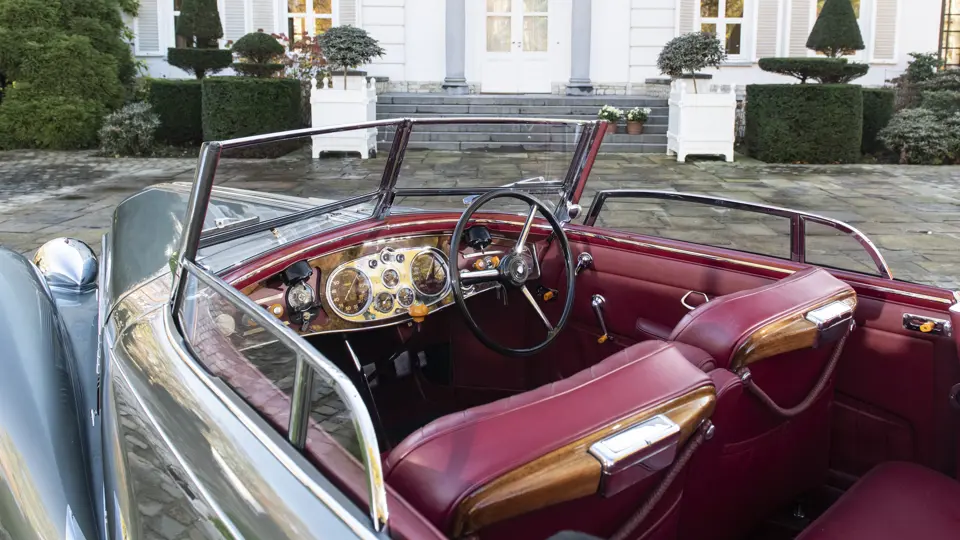

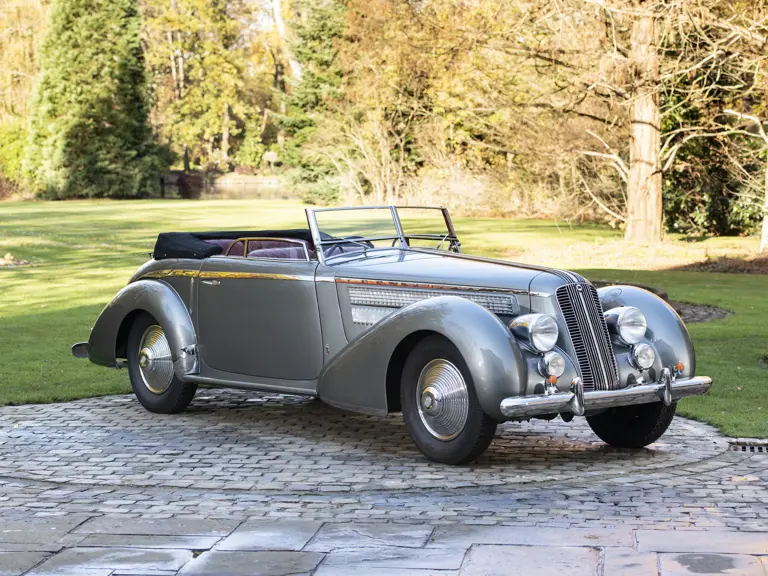
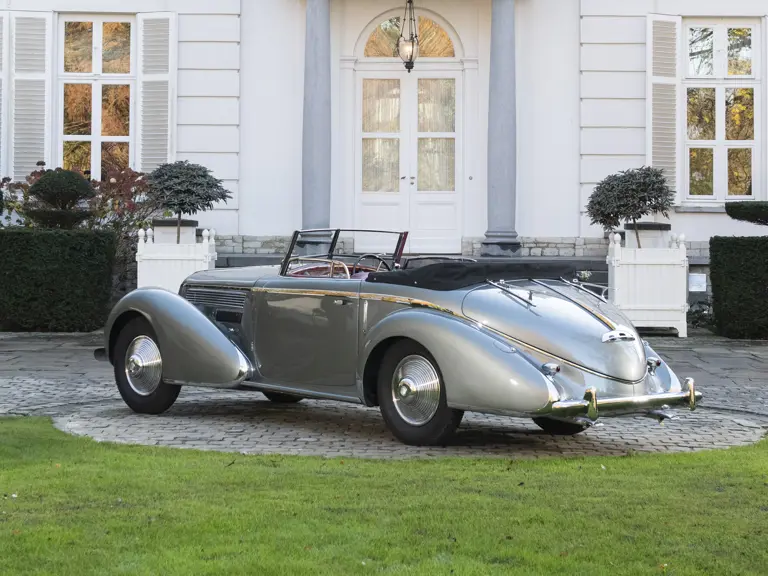
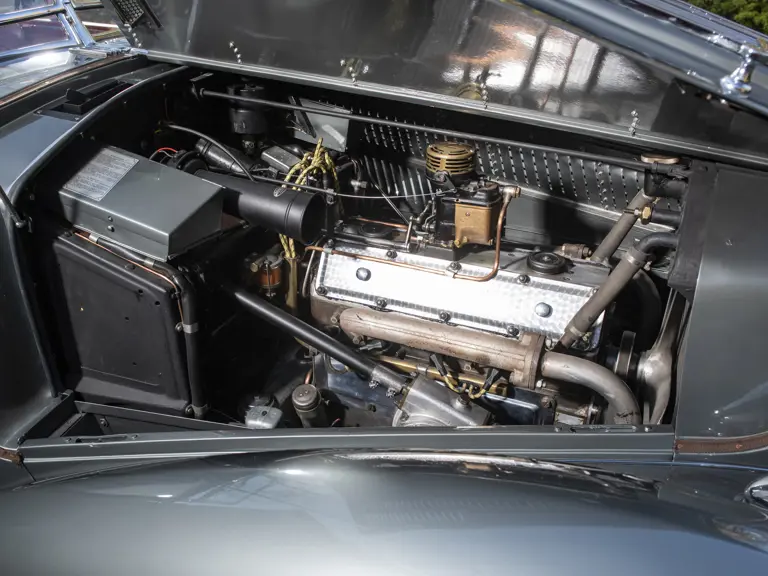
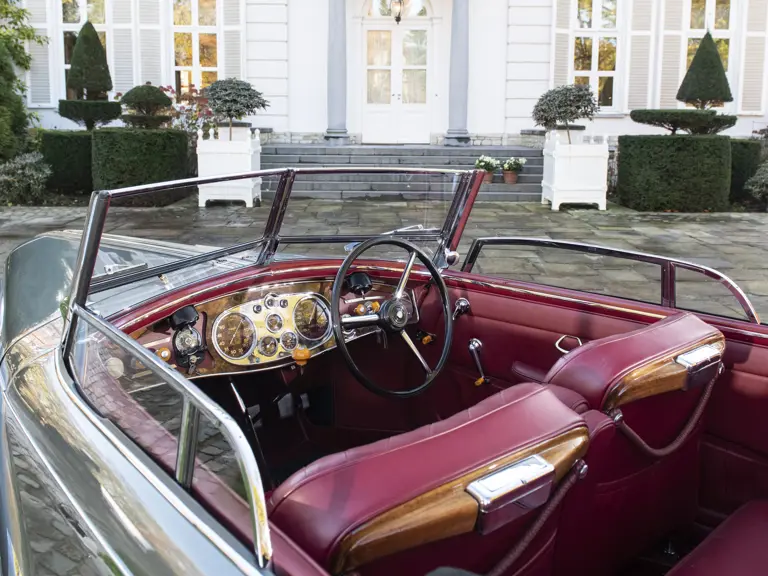
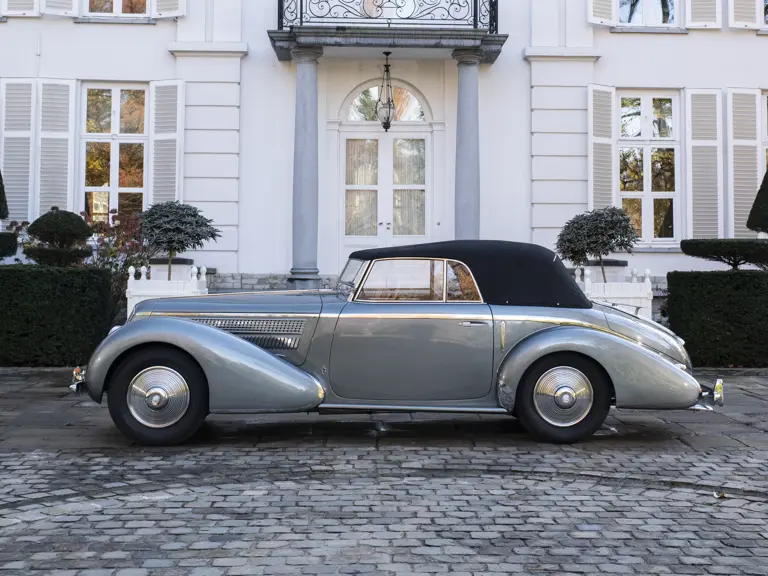
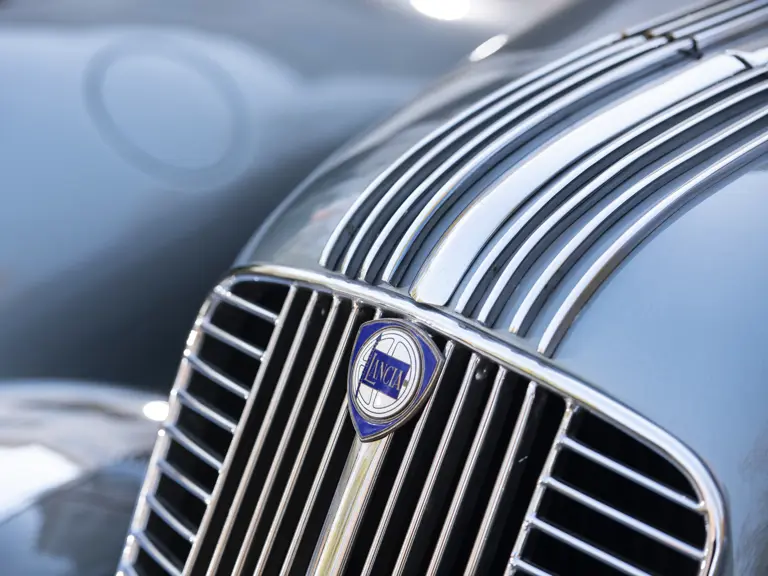
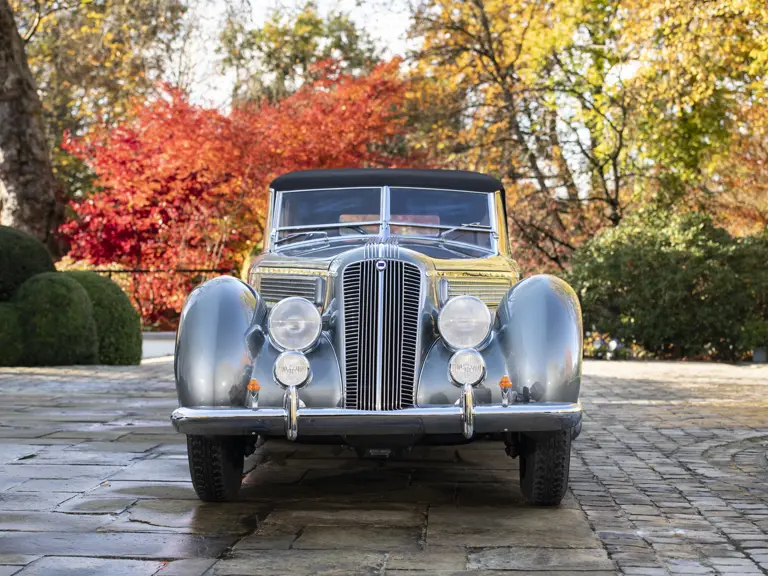

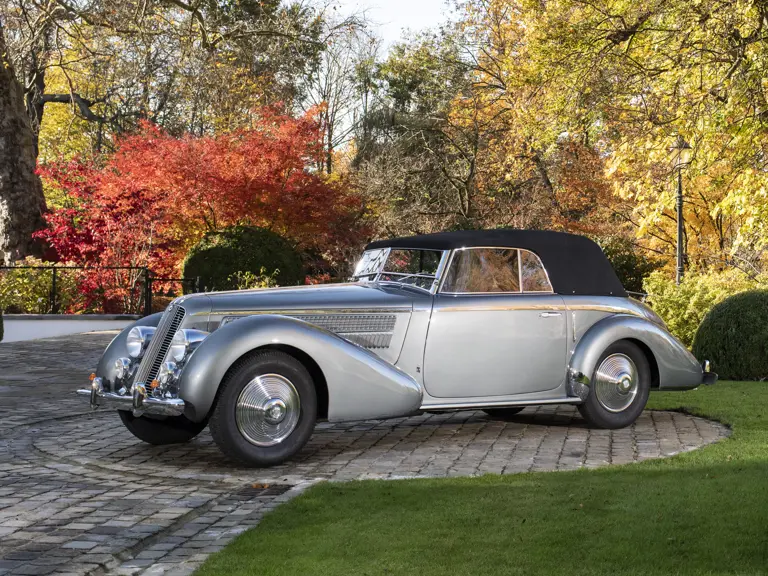
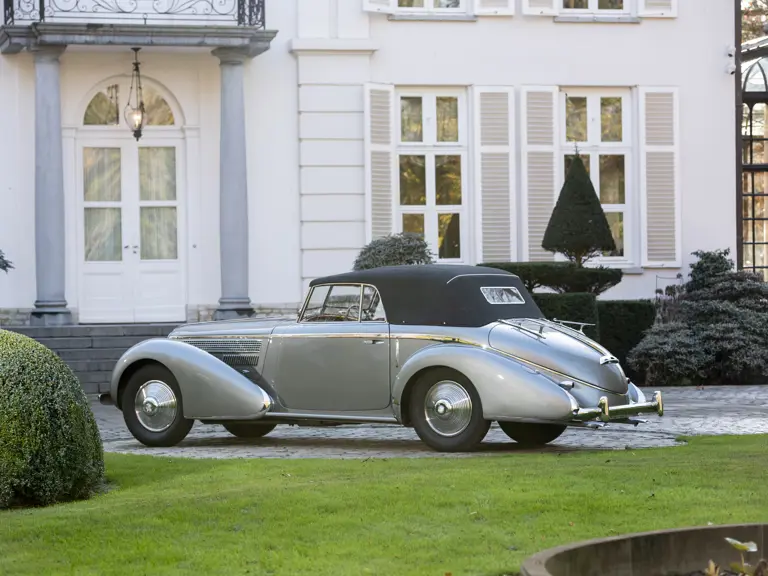

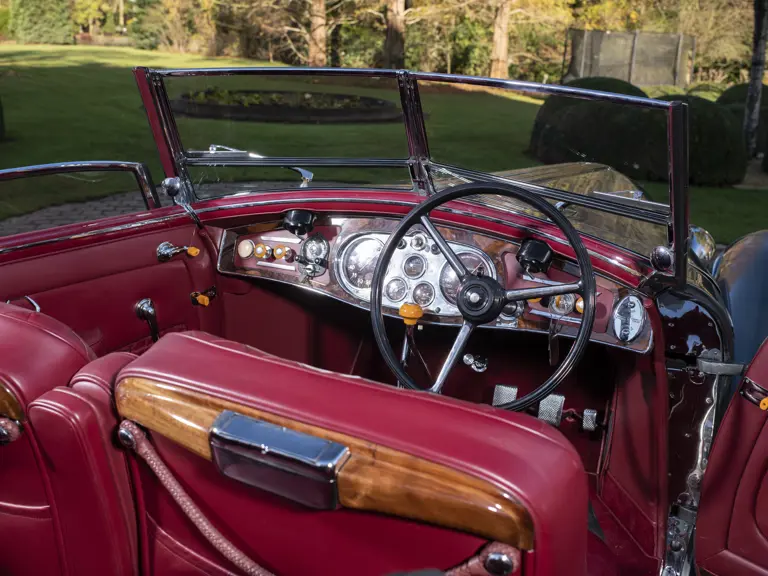
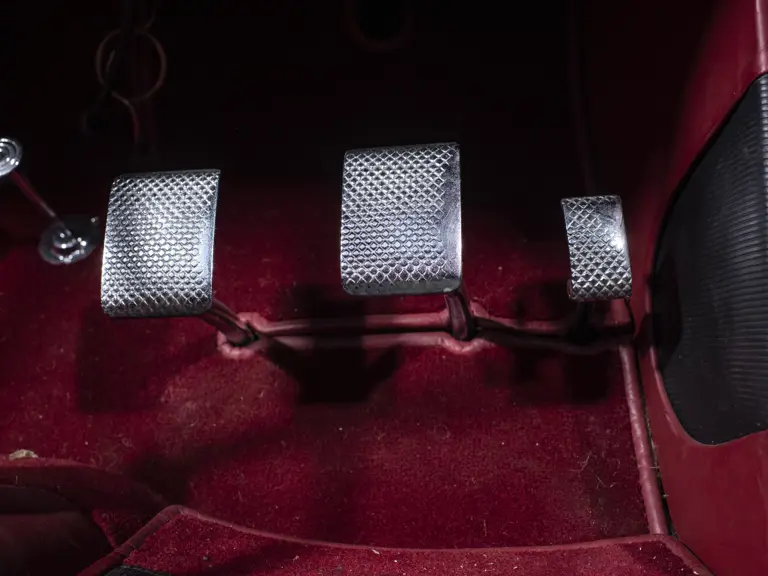
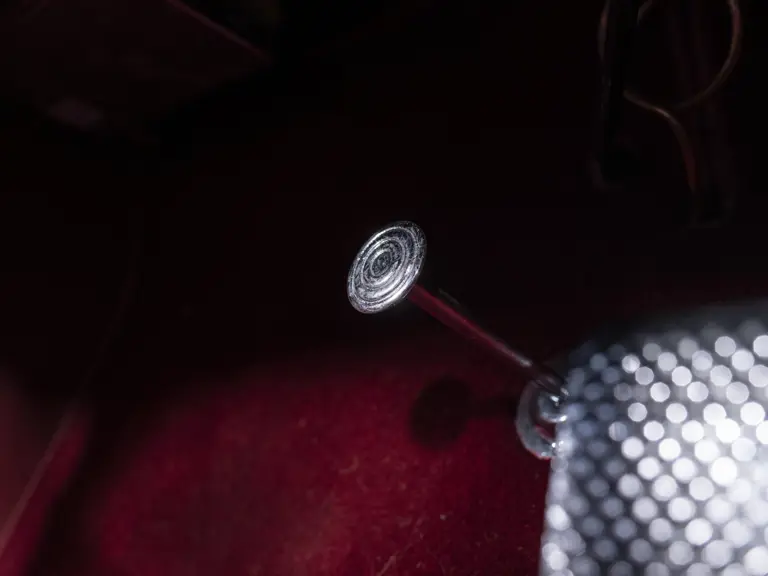
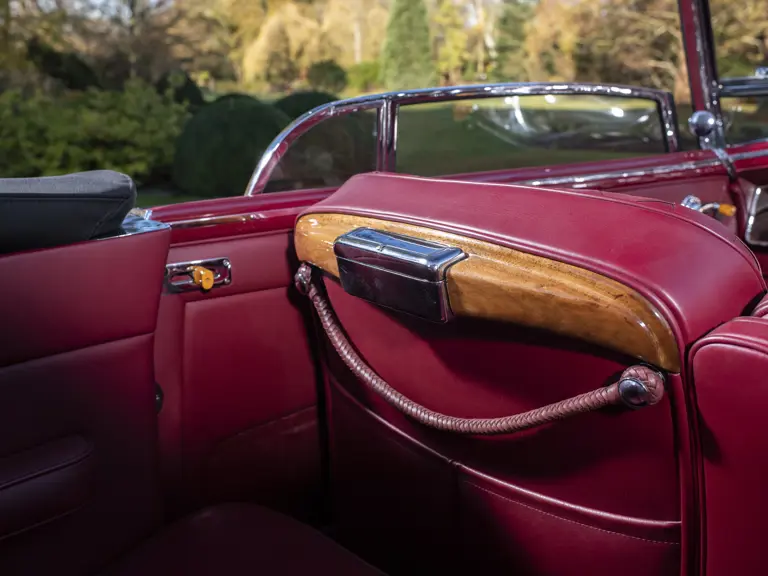

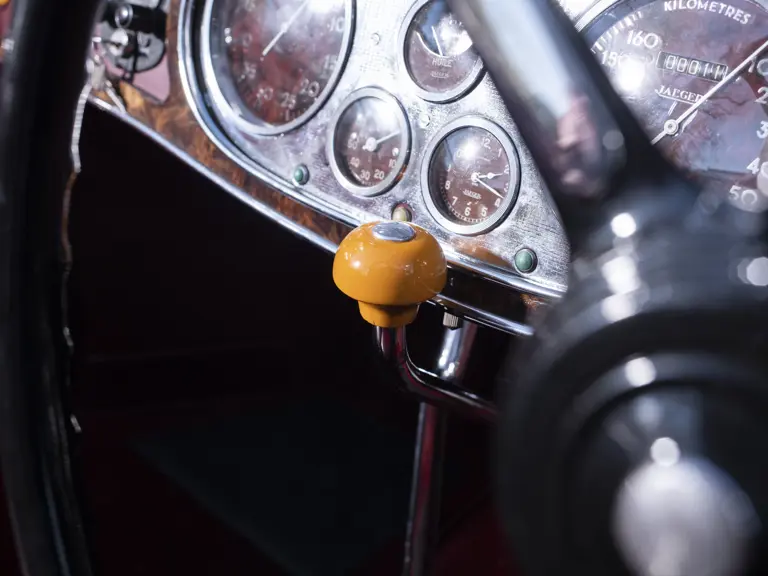



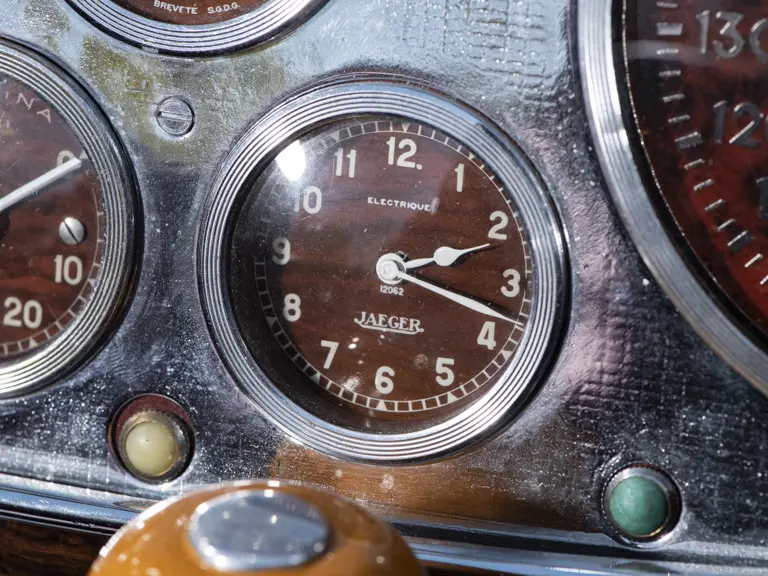
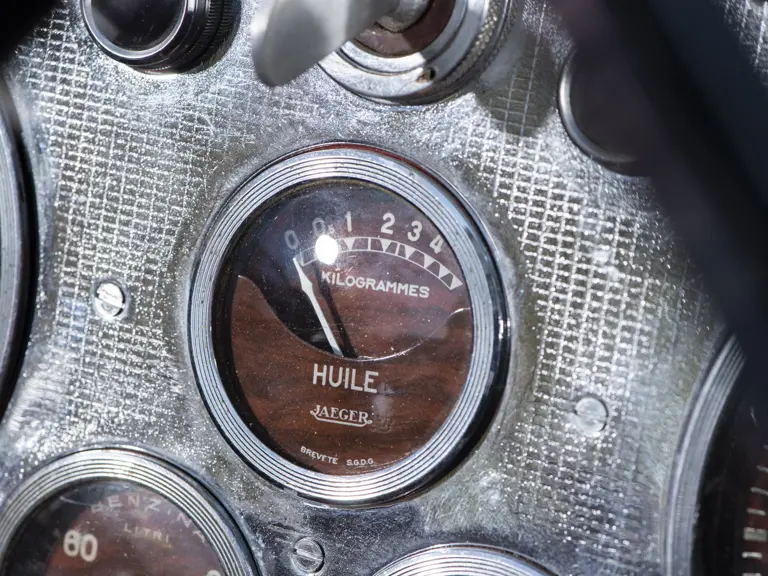
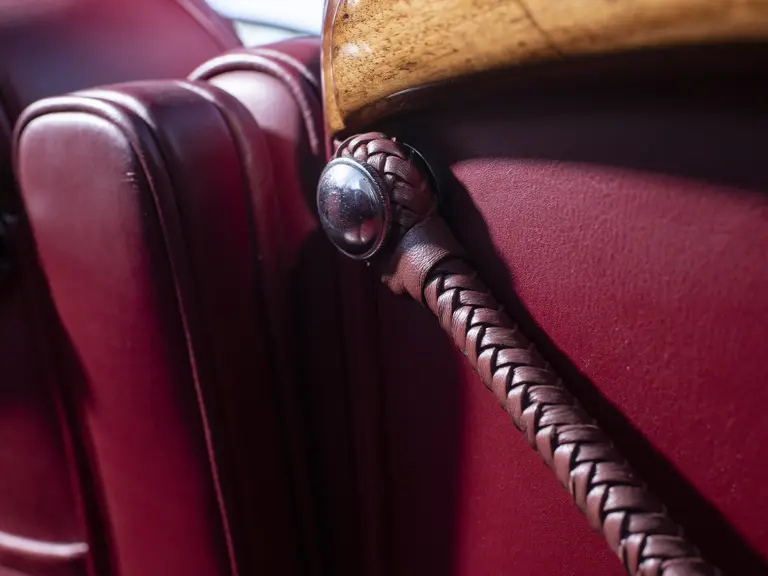
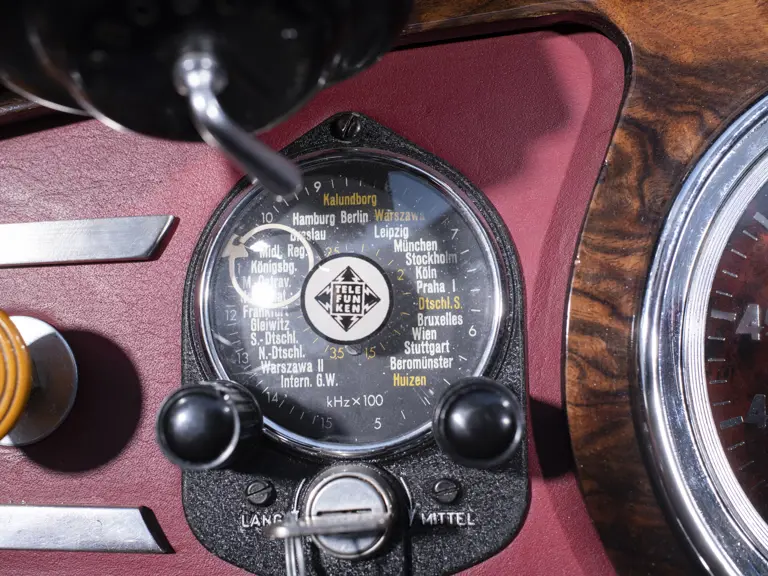

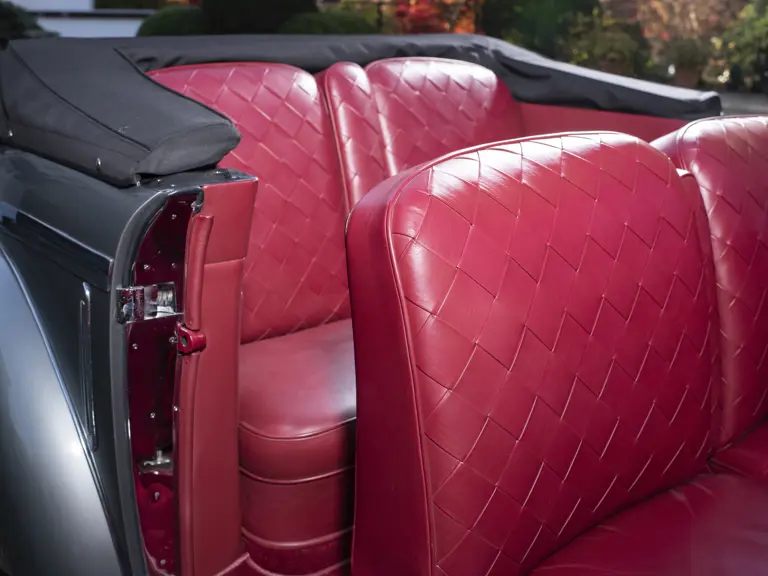
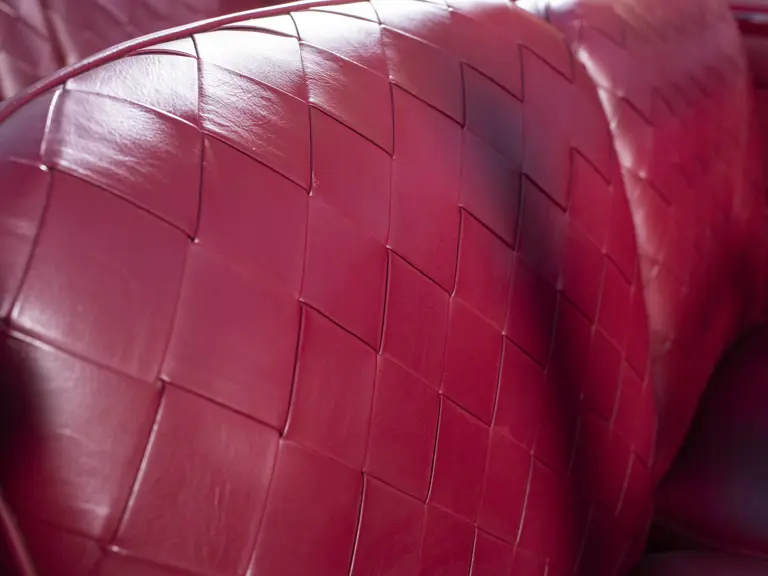
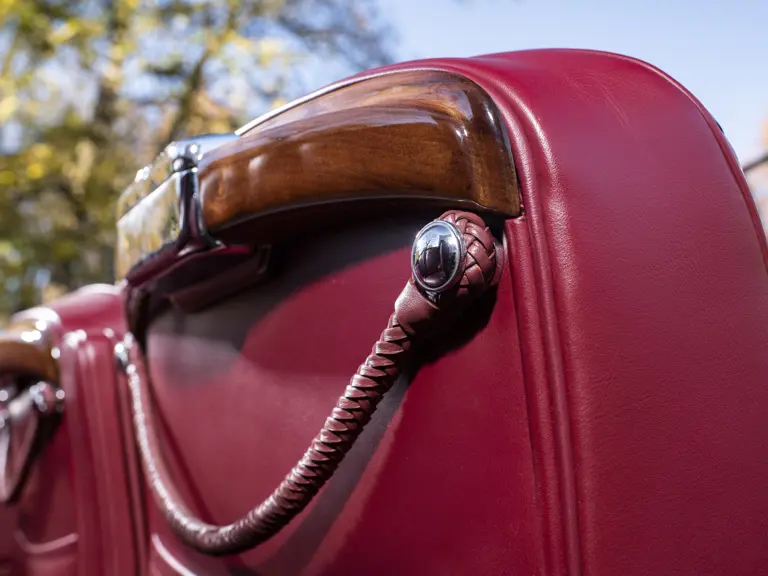

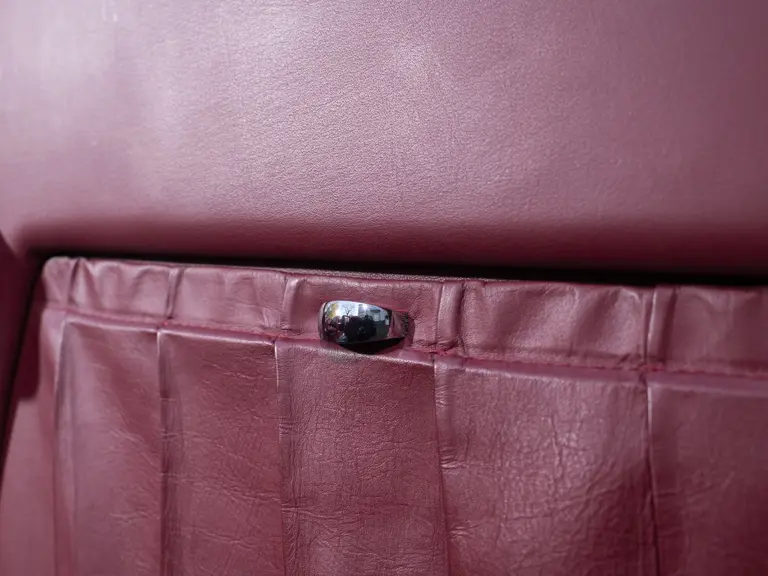
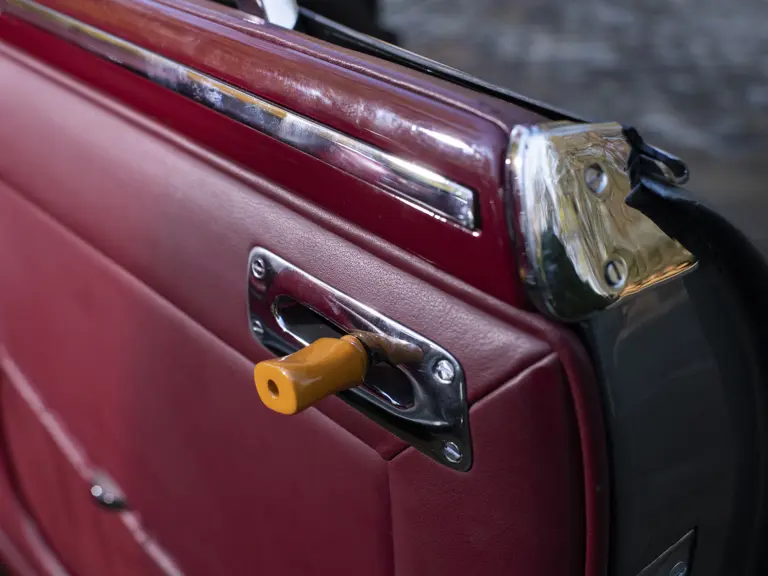
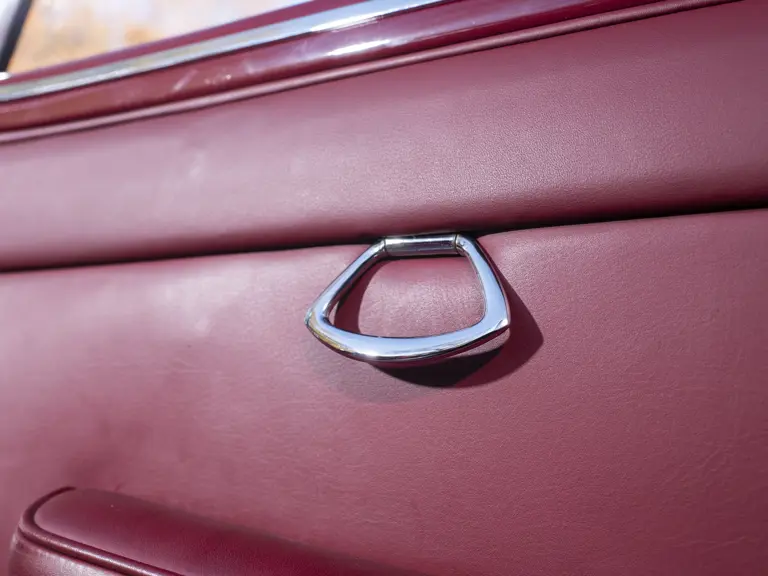
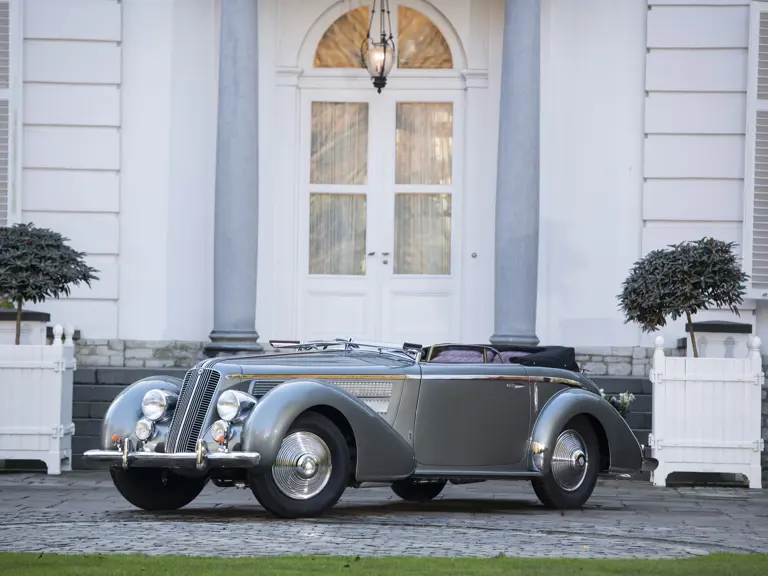
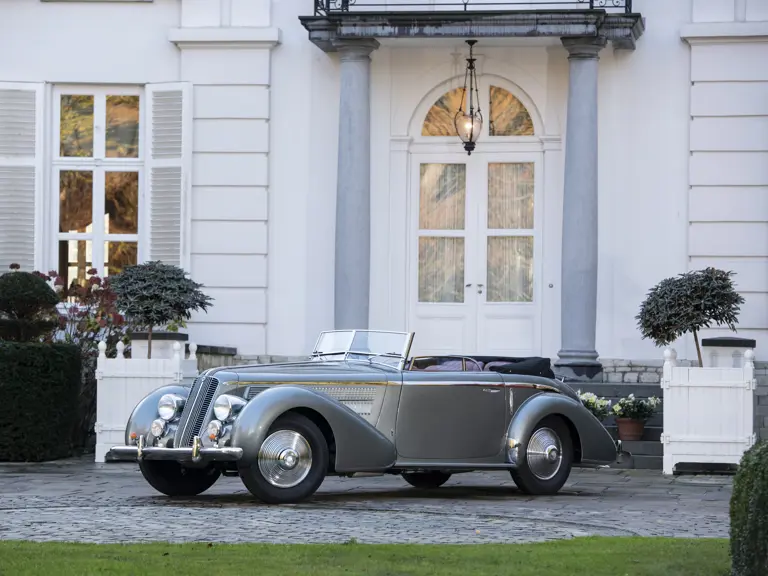
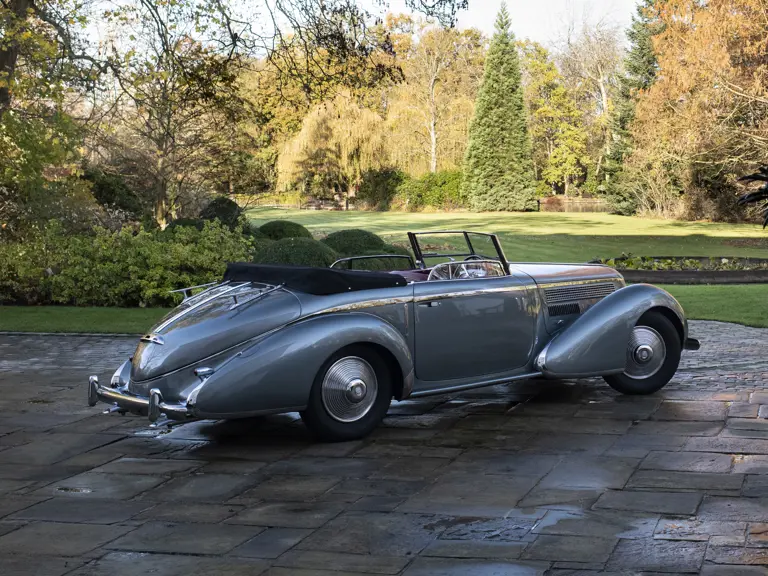
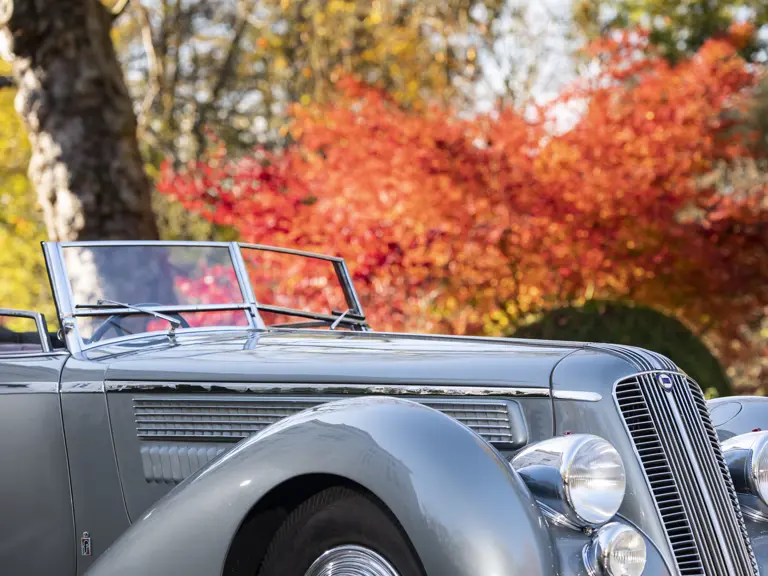
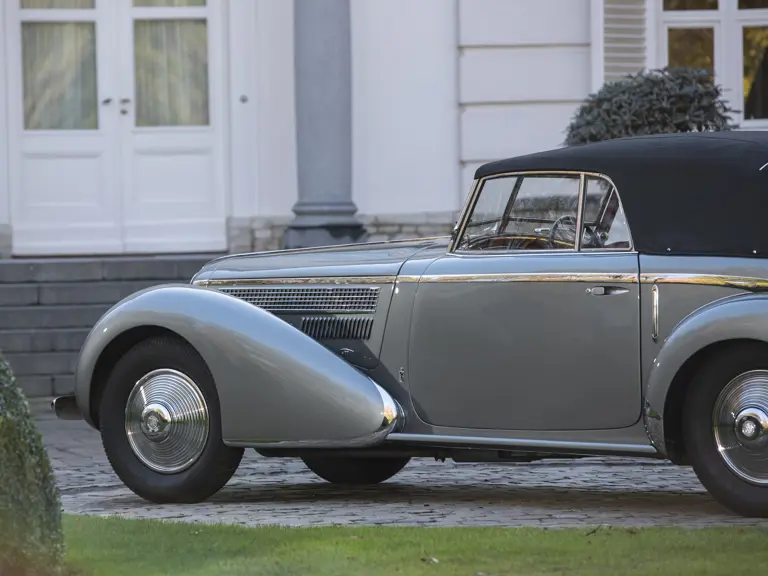
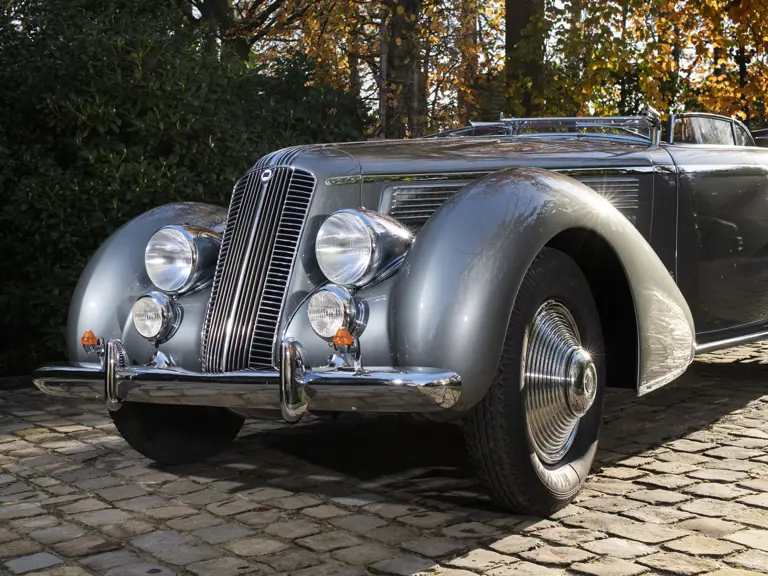
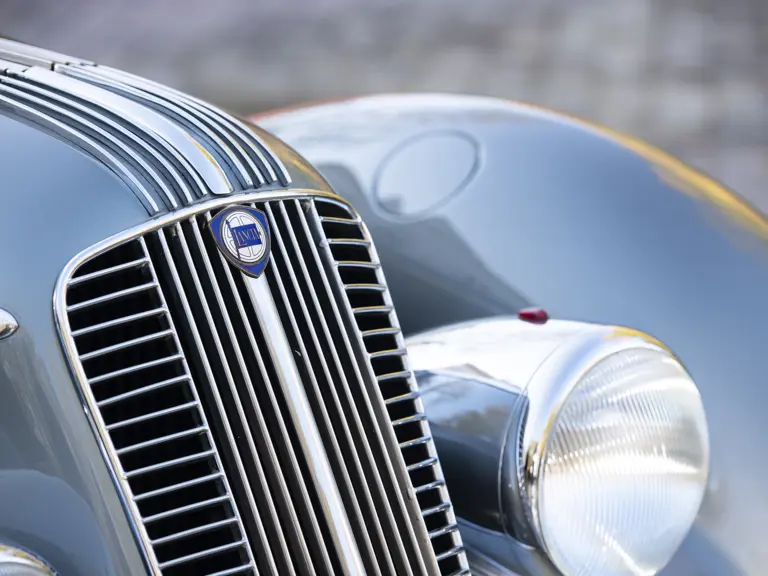
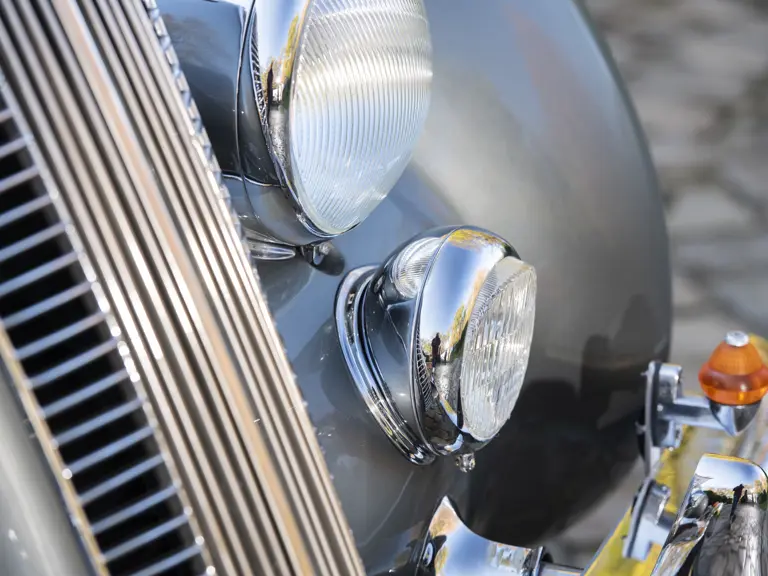
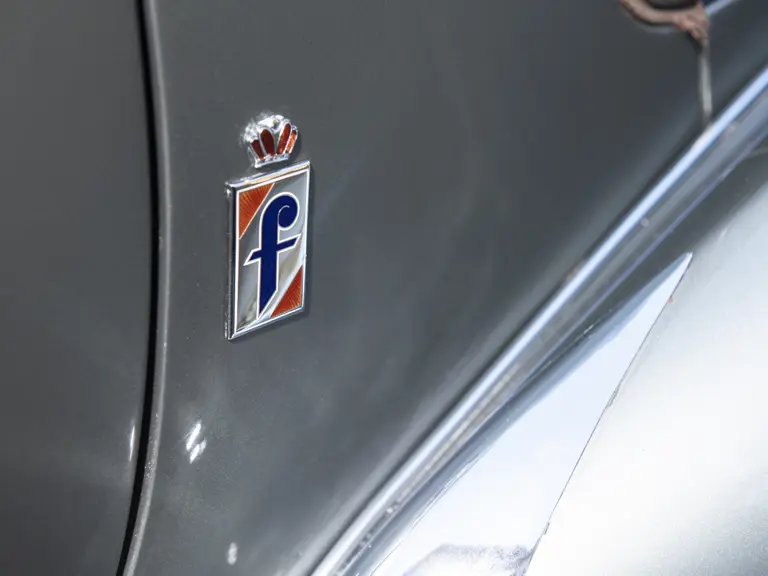
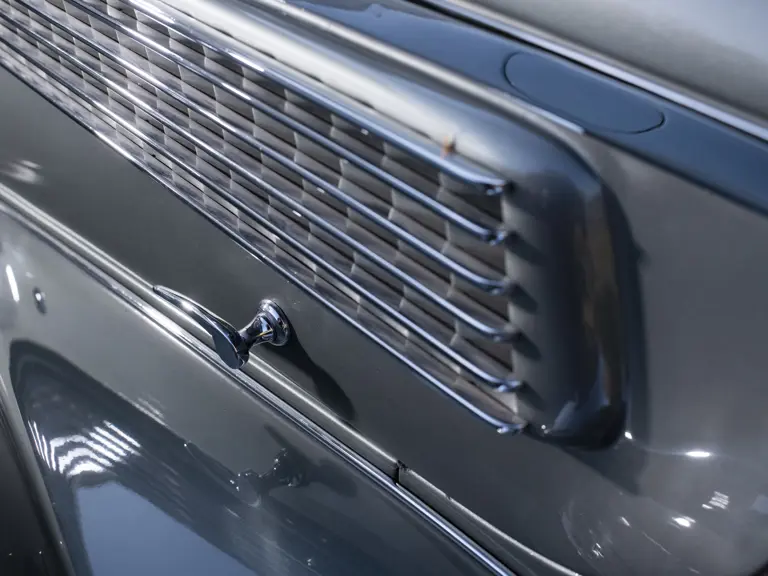

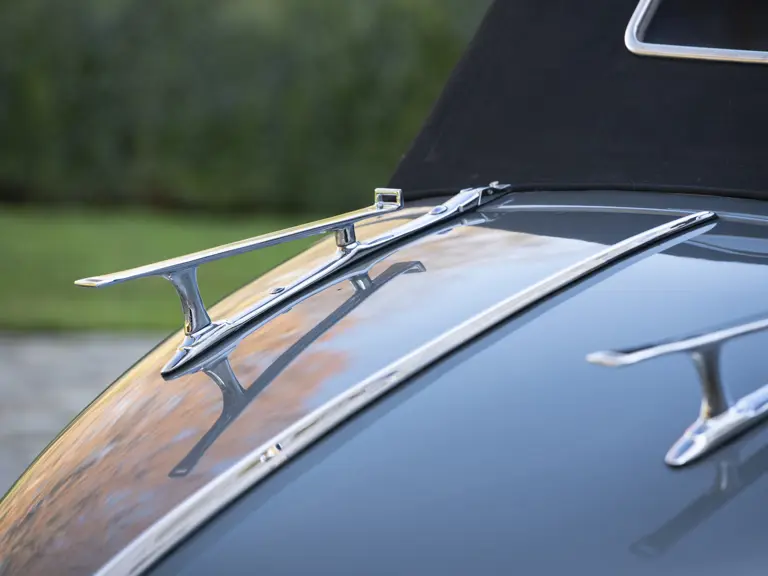


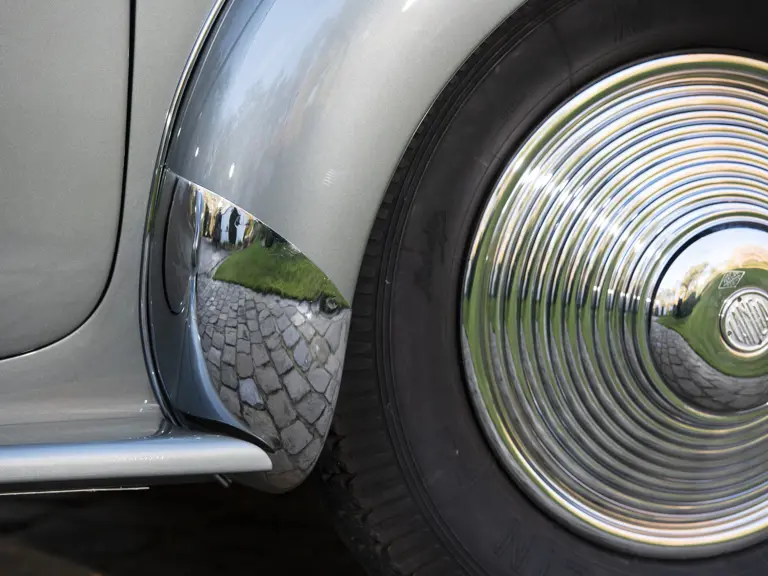

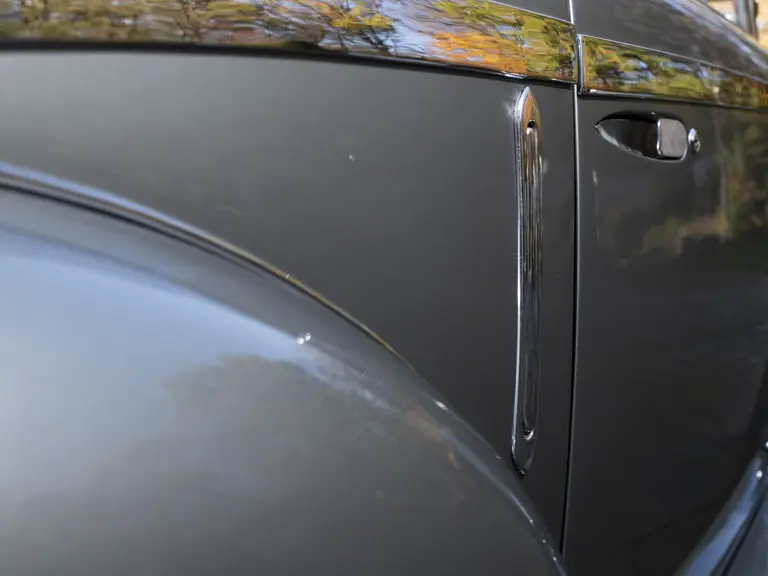
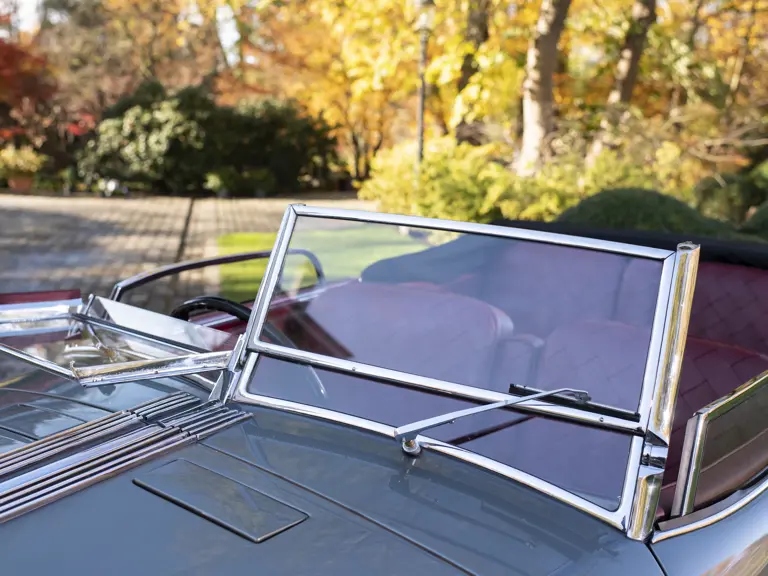


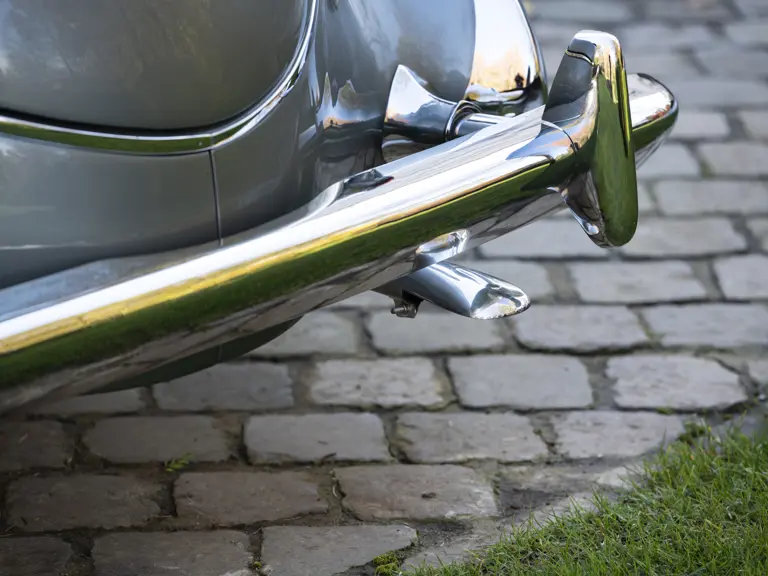
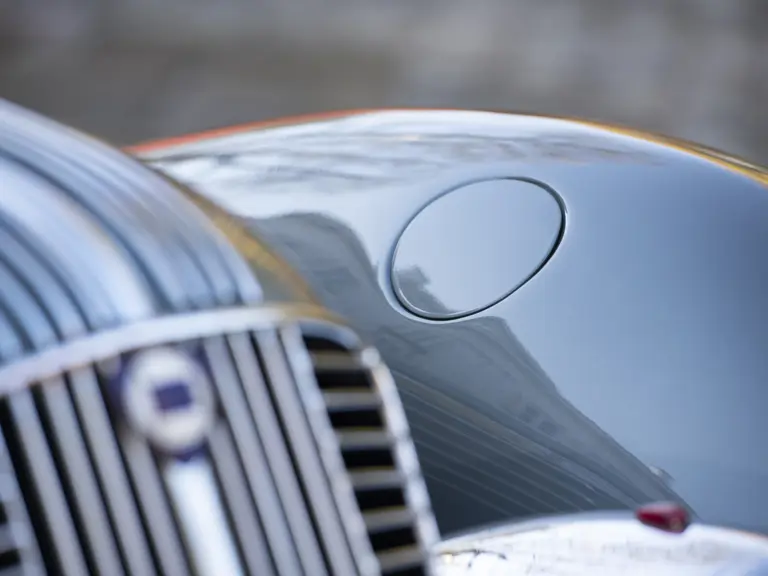
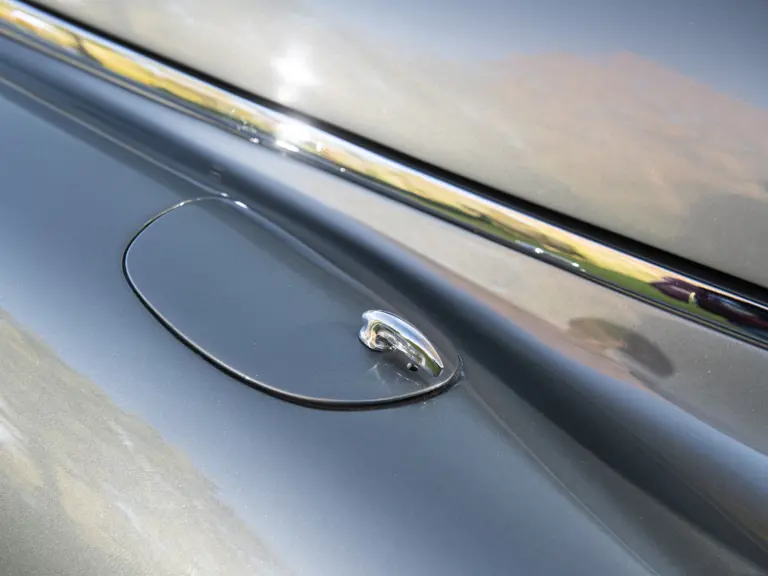

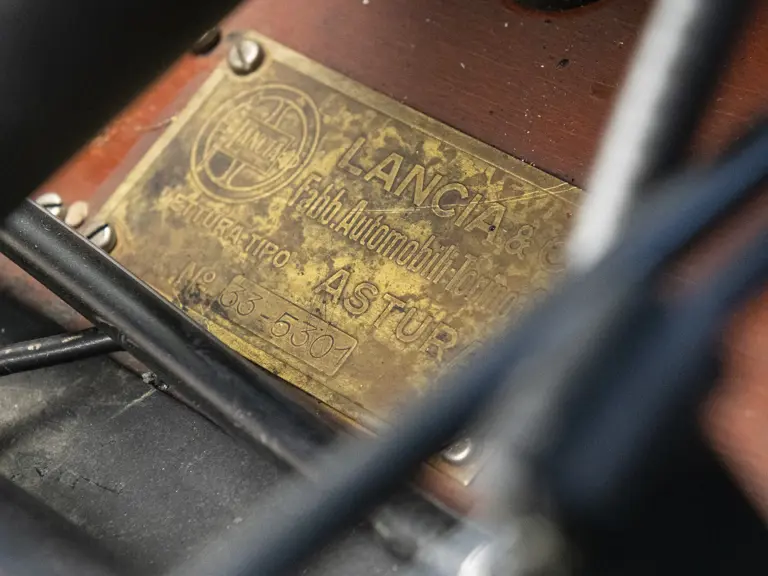
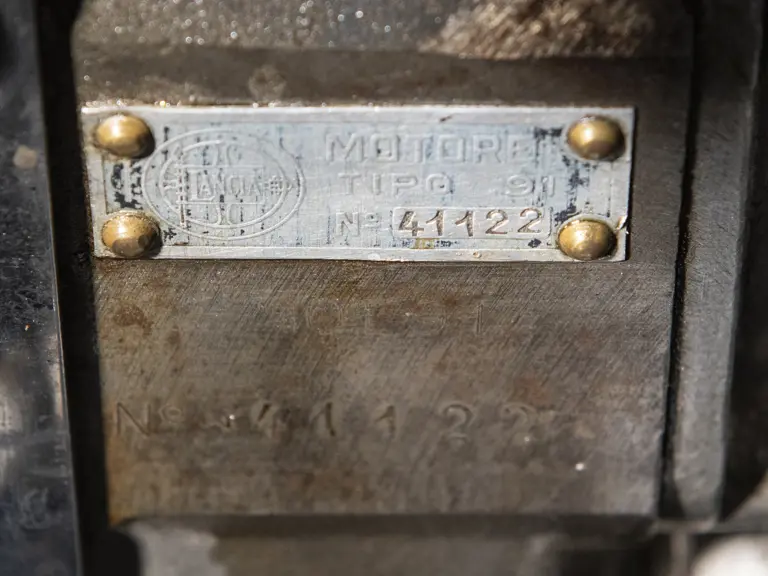
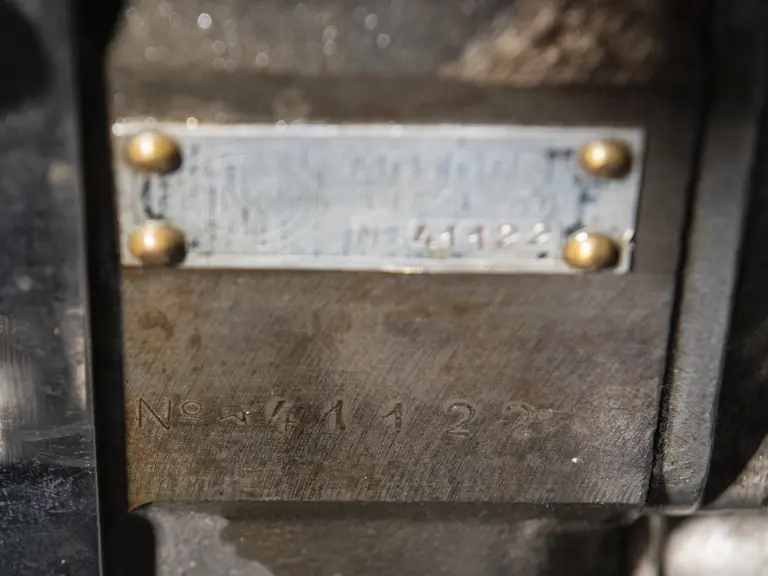
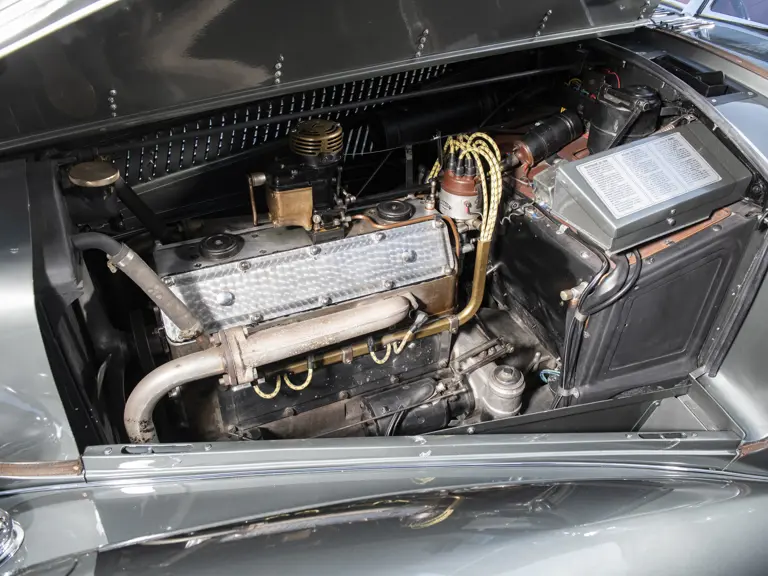
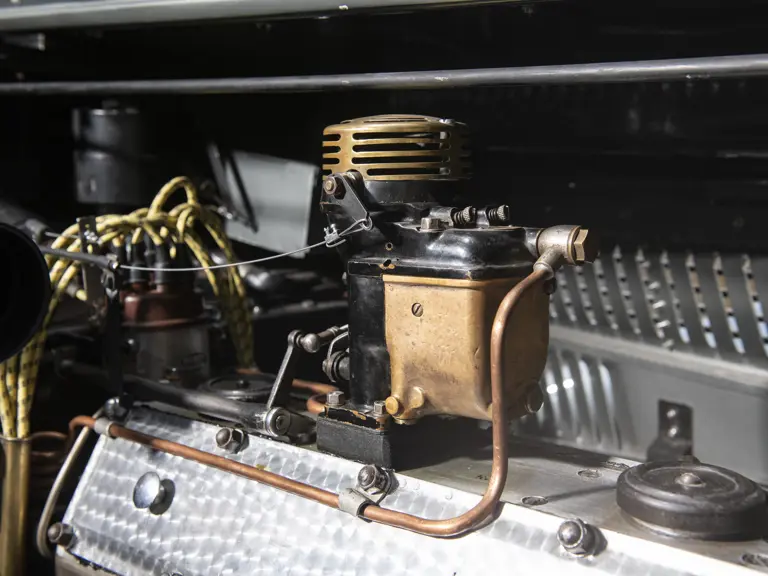

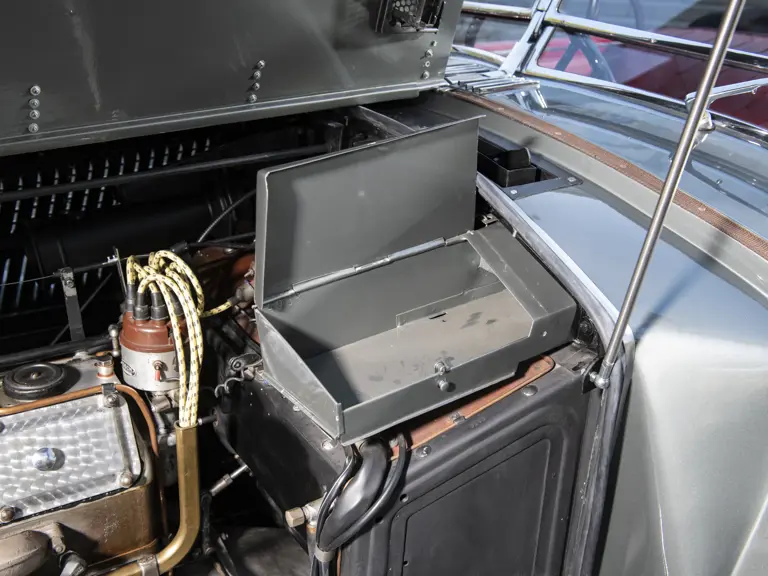

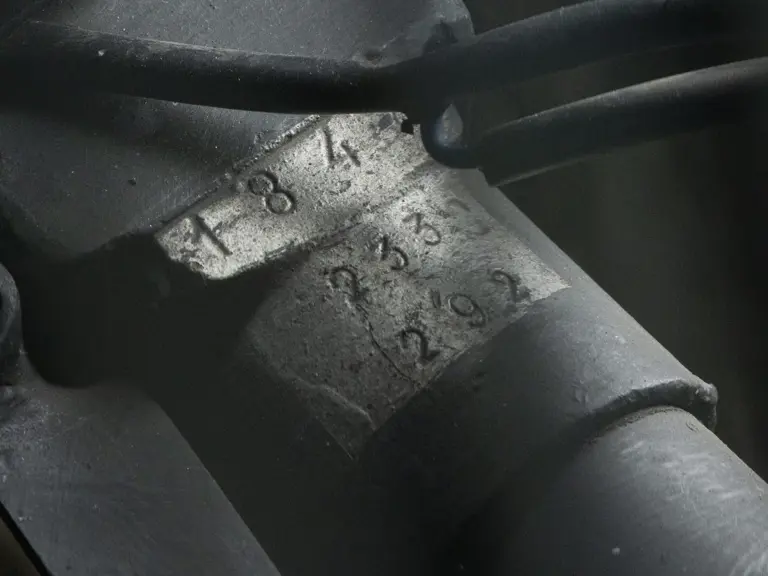
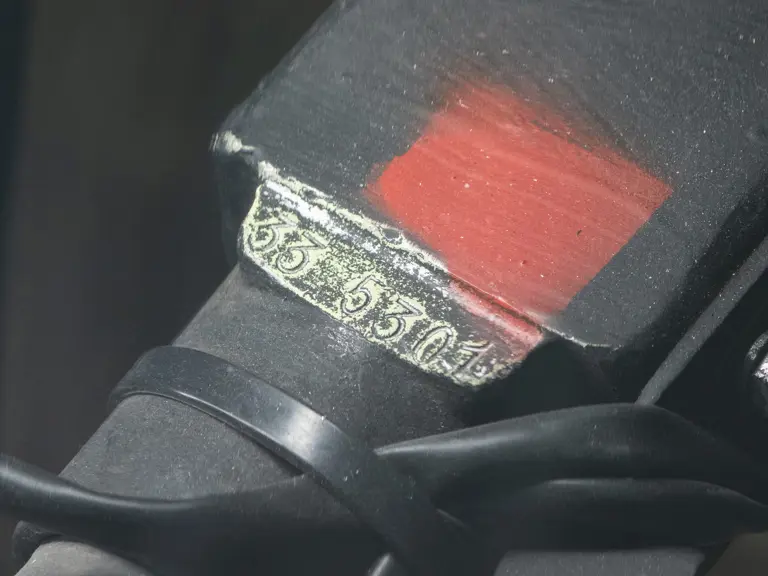
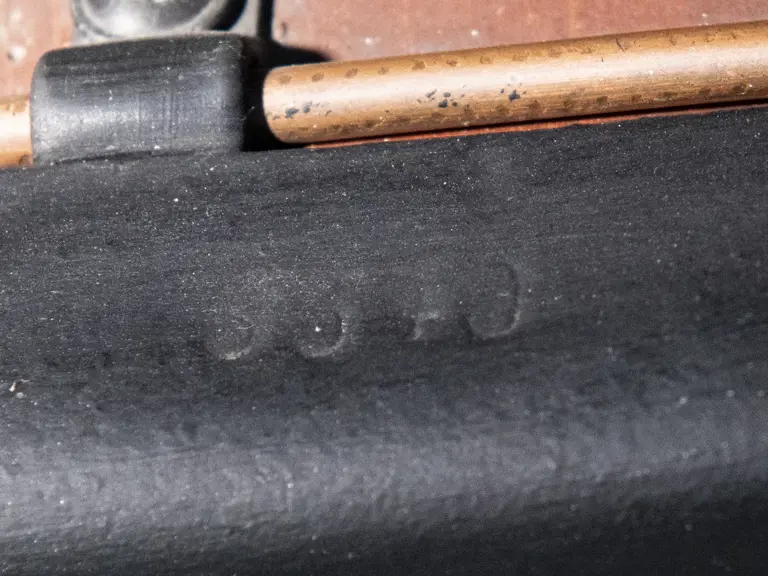
 | Cernobbio, Italy
| Cernobbio, Italy
